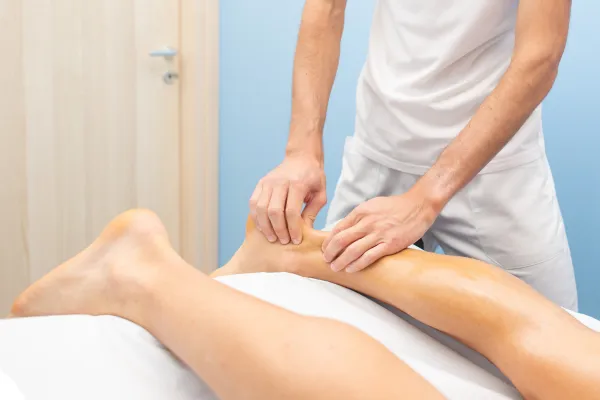
From Tendonitis to Tendon Tears: Don’t Let It Get That Far
It Started as a Twinge… Now You Can’t Even Lift Your Arm Without Pain
You felt a bit of tightness at first.
A slight ache after exercise.
Nothing serious—you figured it would go away on its own.
But weeks (or months) later, that nagging tendon pain is still there… only now it’s sharper. More frequent. And interfering with everyday movements.
Here’s the warning you need: tendonitis can become a tendon tear if left unchecked.
And that means months of downtime, possible surgery, and a much longer road back to full strength.
Let’s stop that spiral before it starts.
What Is Tendonitis—And Why Does It Matter?
Tendonitis is the inflammation of a tendon—the thick band of tissue connecting muscle to bone.
It’s your body’s way of saying: “Something’s overloaded, and I’m not coping.”
The most common causes we see at Physiotherapy Ballincollig:
Repetitive strain (from work, gym, or sport)
Poor posture or biomechanics
Muscle imbalances
Sudden increases in activity without proper prep
Tendonitis is very treatable.
But when it’s ignored or repeatedly aggravated, it can progress to tendinosis (degeneration of the tendon) or a full tendon tear.
What’s the Difference Between Tendonitis and a Tear?
Tendonitis:
Achy pain during or after activity
Stiffness in the morning
Swelling or tenderness
Improves somewhat with rest—but never fully resolves
Tendon Tear:
Sudden, sharp pain
Weakness in the muscle
Bruising or deformity
Loss of strength or function
Often requires surgery and long-term rehab
“But I’ve Been Stretching and Resting…”
That’s the problem.
Stretching an irritated tendon often makes it worse.
And rest doesn’t rebuild the strength and coordination needed to protect the area.
To truly heal a tendon, you need to load it correctly—at the right time, in the right way.
How We Stop the Tear Before It Starts
At Rehab Services Ballincollig, we take a proactive, progressive approach to tendon pain—no matter where it shows up (shoulder, elbow, knee, Achilles, etc.)
✅ Step 1: Pinpoint the Source
We don’t just treat the pain—we figure out why it started.
That means:
Full movement analysis
Muscle strength testing
Postural and joint alignment checks
Understanding your activity patterns
✅ Step 2: Reduce Irritation (Without Full Rest)
We use techniques like:
Soft tissue release
Manual therapy
Dry needling (if appropriate)
Taping and support
All aimed at calming the tendon—but still keeping you moving.
✅ Step 3: Smart Strengthening
Here’s the game-changer: eccentric loading.
These slow, controlled movements help tendons:
Rebuild collagen
Improve resilience
Reduce pain long-term
We tailor every program to your sport, job, or lifestyle needs.
✅ Step 4: Restore Full Function
We don’t just get you pain-free—we get you stronger than before.
Through:
Functional strength drills
Stability and balance work
Gradual return-to-activity plans
Education on load management and technique
Prevention Is Easier Than Recovery
Once a tendon tears, recovery can take 3–6 months (or longer).
And in some cases, surgery is the only option.
But if you catch it early, you can avoid all of that—and come back better than ever.
Don’t wait for a snap to take you out. Book an expert tendon assessment at our Sports Injury Clinic Ballincollig today.
Let’s address the pain before it becomes a bigger problem.
You don’t need to push through it—you just need the right plan.
Get stronger. Stay active. And protect your tendons for the long haul.